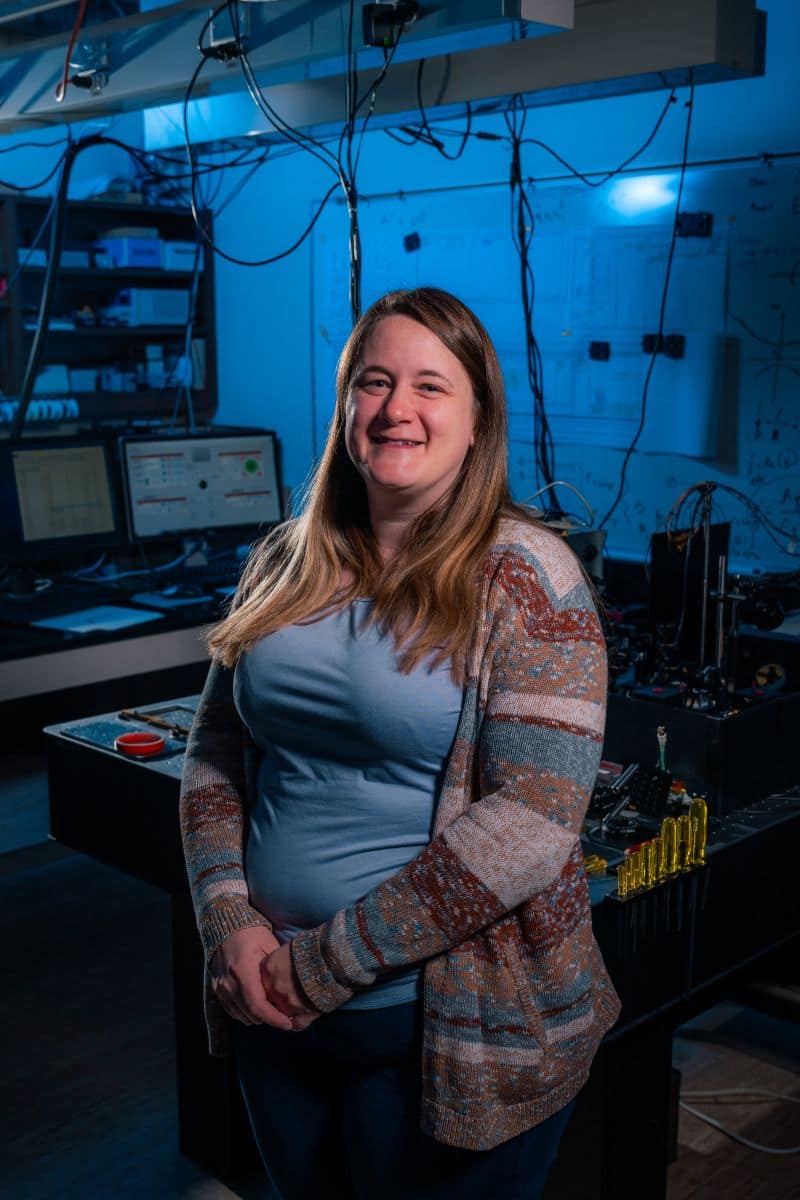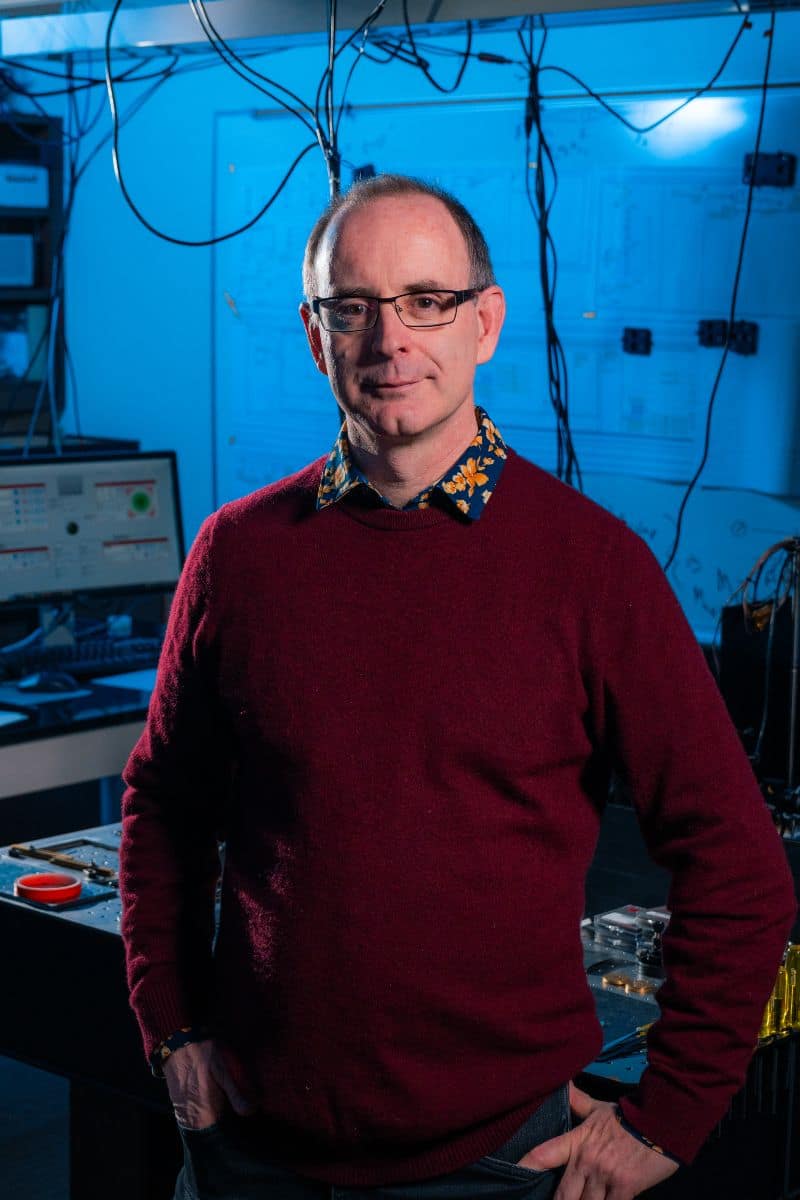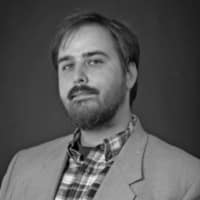Embry‑Riddle Students Help Sharpen Humanity’s 'Cosmic Hearing' Through Supermirror Research

Undergraduates at Embry-Riddle Aeronautical University are helping to improve mirrors that could allow scientists to listen for fainter, more distant cosmic collisions — such as merging black holes or colliding neutron stars.
About a decade ago, astronomers first heard gravitational waves — ripples in spacetime predicted by Einstein — with the Laser Interferometer Gravitational-Wave Observatory (LIGO).
LIGO and similar observatories have since detected some 300 gravitational-wave events.
The observatories do this by measuring tiny distortions, thousands of times smaller than the width of an atom. The instruments rely on mirrors of extraordinary precision. Even the slightest irregularity in the way those mirrors reflect light can introduce noise, obscuring the signal.
Students at the Prescott Campus' LIGO Optics Lab are investigating how to improve the mirrors by examining a subtle effect called birefringence — microscopic differences in how light travels through the mirror material. Understanding and minimizing that effect could one day help scientists hear farther and clearer into the cosmos, said Dr. Elizabeth Gretarsson, assistant professor of Physics and Astronomy.
“Even extremely small variations in birefringence can introduce noise in the most sensitive instruments we have,” she said. “Our goal is to understand and mitigate these effects so mirrors can reach their full potential for detecting ripples in spacetime.”

Dr. Elizabeth Gretarsson, an assistant professor in the Department of Physics and Astronomy and Department, says student research could one day help scientists hear farther and clearer into the cosmos (Photo: Embry-Riddle/Wilson Van Ness)
Mapping the Invisible
Working under faculty mentorship, the student research team developed a custom optical scanning system to study birefringence on the lab’s “supermirror” samples — ultrathin crystalline coatings made from advanced semiconductor materials. By reflecting laser light off these coatings, they measured minute variations in how light behaved across the mirror.
Aerospace Engineering student Ambroise Juston, who helped develop the computer programs that control the experiment, said the process demanded both technical precision and persistence.
“It can be frustrating to work with a physical system with so many chances to mess up,” he said. “But seeing an experiment run after years of development is a feeling like no other.”
According to Dr. Andri Gretarsson, who directs the LIGO Optics Lab, the team’s findings revealed that the variation in birefringence didn’t come from the crystal material itself but from the bonding process used to attach the coating to the mirror.
“That process introduced microscopic stress patterns that subtly warped the coating,” said Andri Gretarsson, professor of Physics and Astronomy. “This causes light to behave differently in different regions of the mirror.”
Even so, the impact on performance was minimal. The team calculated that any loss of laser power caused by these variations would be less than 1 part per million for mirrors the size used in LIGO. The result, however, still points to opportunities for improving future coatings.
“Recognizing this effect in the bonding process helps clear a path toward mitigating it,” Andri Gretarsson said. “By identifying this as an area of improvement, we open the door for future studies that can further sharpen our ability to listen to the universe.”
 Dr. Andri Gretarsson, a professor in the Department of Physics and Astronomy, directs the LIGO Optics Lab. (Photo: Embry-Riddle/Wilson Van Ness)
Dr. Andri Gretarsson, a professor in the Department of Physics and Astronomy, directs the LIGO Optics Lab. (Photo: Embry-Riddle/Wilson Van Ness)
Hands-On Innovation
The work is part of an ongoing collaboration between Embry-Riddle, Caltech’s LIGO Laboratory, the University of Arizona, American University and Syracuse University. The Prescott Campus boasts one of the few undergraduate laboratories in the nation equipped for gravitational-wave optics studies.
“This is the kind of hands-on, high-impact research that defines an Embry-Riddle education,” said Andri Gretarsson. “Our students aren’t just assisting in experiments — they’re designing systems, analyzing data and developing technologies that could shape the future of gravitational-wave astronomy.”
For Juston, a senior preparing for graduate school, the experience has been transformative.
“It’s incredibly rewarding to see the efforts of everyone’s work materialize,” he said. “In the optics lab you can watch the experiment take shape, run and sometimes fail — but there’s always something there to keep you motivated.”
Working alongside peers from both physics and engineering, Juston said he came to appreciate how the systems he helped program fit into the larger experimental process.
“I have never been very interested in building with my hands, and instead I prefer to have something run on a computer,” he said. “But this experience has given me a new outlook and appreciation for the work that occurs in an experimental lab.”
Listening to the Universe
Reducing birefringence in mirror coatings could improve how detectors capture gravitational waves. Each improvement in mirror precision sharpens humanity's "cosmic hearing," revealing more about black hole formation, supernova dynamics and the early history of the universe, said Elizabeth Gretarsson.
The research team is finalizing its paper for publication — the findings of which may guide the design of future optical coatings and bonding techniques and pave the way for larger, even more precise mirrors in upcoming LIGO upgrades.
“The clearer we can listen to the universe, the more the universe might have to say,” she said.

 Keaton S. Ziem
Keaton S. Ziem